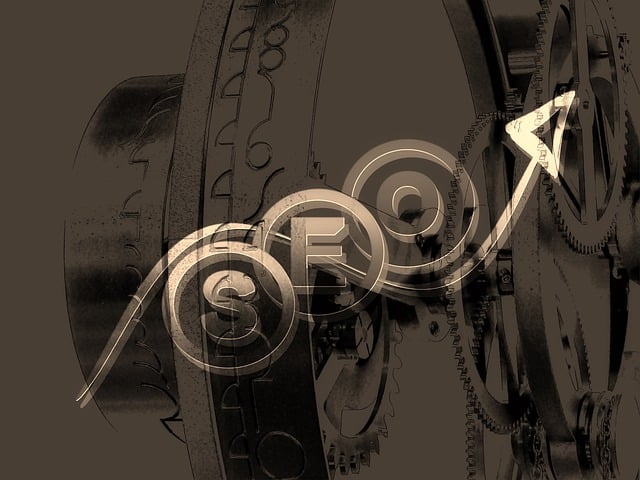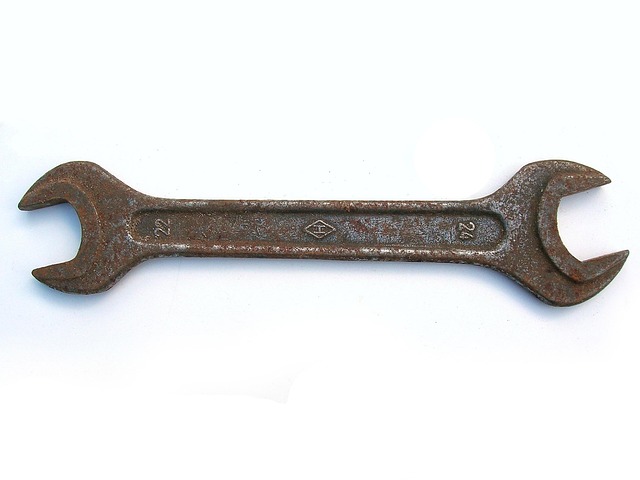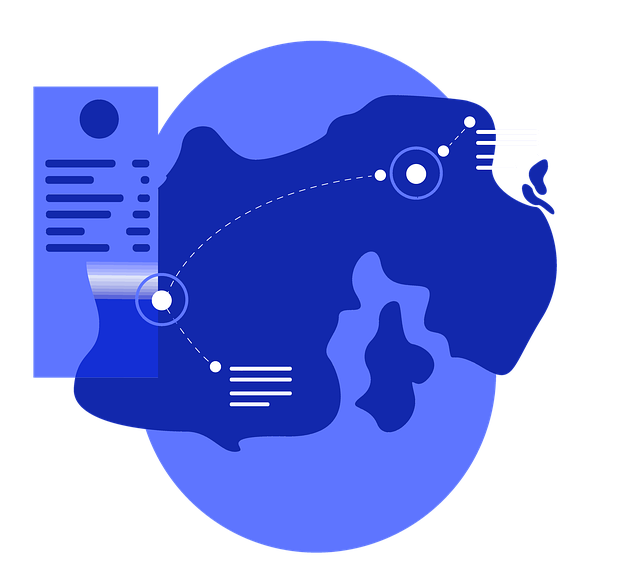Internal linking for SEO optimizes website performance by creating relevant links within content, aiding search engines in understanding page hierarchy and relevance. Using specialized tools, marketers can measure KPIs like click-through rates, user engagement, and bounce rates to refine strategies. In 2023, best practices focus on seamless navigation for users and search engines, with smart anchor text usage and hierarchical structure maintenance through regular tool audits.
“Unleash your website’s full potential with strategic internal linking—a powerful SEO technique. In today’s digital landscape, optimizing internal links is key to enhancing user experience and boosting search rankings. This comprehensive guide explores the art of internal linking, from its foundational concepts to cutting-edge 2023 best practices. Discover essential tools that simplify optimization, learn strategies for effective landing page linking, and understand how to measure success through key metrics. Master internal linking to revolutionize your website’s performance.”
- Understanding Internal Linking for SEO
- Tools to Optimize Your Internal Links
- Strategies for Effective Landing Page Linking
- Enhancing User Experience with Internal Links
- Measuring Success: Tracking Internal Link Metrics
- Best Practices for Internal Linking in 2023
Understanding Internal Linking for SEO

Internal linking is a powerful SEO tool that can significantly enhance your website’s visibility and search engine rankings. It involves creating strategic links within your site’s content, connecting relevant pages to each other. This strategy allows search engines like Google to understand the hierarchy and relevance of your web pages, making it easier for them to crawl and index your site. By using internal linking effectively, you can boost the authority of specific pages, improve user experience, and encourage users to explore more of your content.
When implementing an internal linking strategy, focus on creating relevant and contextually related links. These should be placed within the body text, where they naturally fit, rather than in footers or sidebars. Ensure that anchor text used for these links is descriptive and conveys the topic of the linked page, helping both users and search engine algorithms comprehend the connection between pages. This SEO optimization technique not only facilitates easier navigation but also plays a crucial role in developing a comprehensive and well-structured website architecture, which can lead to better organic search performance.
Tools to Optimize Your Internal Links

Optimizing your website’s internal links is a powerful strategy to enhance both user experience and search engine visibility. The right tools can make this process efficient and effective. Many SEO tools now offer features dedicated to analyzing and improving internal linking structures, ensuring your site is not only user-friendly but also ranked higher in search results.
These tools provide insights into anchor text distribution, helping you maintain a natural link profile that avoids penalties from search engines. They can identify weak or broken links, allowing you to fix them promptly. Additionally, they offer suggestions for internal linking strategies, such as optimizing for relevant keywords (like internal linking for SEO optimization) and ensuring a logical flow of content (internal linking for SEO strategy). By utilizing these tools, you can create a comprehensive internal linking for SEO tutorial tailored to your website’s unique needs.
Strategies for Effective Landing Page Linking

To make your landing pages offering tools for internal linking truly effective, consider implementing strategic practices that enhance user experience while boosting search engine optimization (SEO). One powerful technique is to utilize an internal linking for SEO tool that automatically generates contextually relevant links within your content. This not only guides users through your site but also signals to search engines the hierarchy and importance of your pages, leading to improved internal linking for SEO optimization.
Focus on creating a natural flow of information by linking related content sections together. Use anchor text that is descriptive and reflects the topic of the linked page. Additionally, ensure your internal links are accessible and visible—strategically place them within paragraphs, lists, or call-to-action buttons. An internal linking for SEO tutorial can guide you through setting up these strategies effectively, ensuring your landing pages not only convert visitors but also enhance your site’s overall SEO performance.
Enhancing User Experience with Internal Links

Internal linking plays a pivotal role in enhancing user experience and boosting SEO efforts. By strategically integrating links within your website’s content, you create a seamless journey for visitors, guiding them to relevant information and resources effortlessly. This not only improves navigation but also encourages users to explore more of your site, increasing the chances of conversions or desired actions.
Using an effective internal linking tool can streamline this process, offering insights into page performance and allowing for data-driven decisions. These tools help identify content gaps and suggest relevant anchor texts, ensuring a natural flow of links that align with both user needs and SEO best practices. With the right strategy and implementation, internal linking becomes a powerful asset in optimizing your site’s architecture for improved search engine rankings and an enhanced overall experience.
Measuring Success: Tracking Internal Link Metrics

Measuring success is a critical component of any digital marketing strategy, and when it comes to internal linking for SEO, tracking the right metrics can provide invaluable insights. Using an internal linking for SEO tool allows marketers to monitor several key performance indicators (KPIs) that directly impact search engine optimization efforts. These might include click-through rates from internal links, user engagement with linked content, and bounce rates on pages with outgoing links. By analyzing these metrics, you can understand which strategies are effective in guiding users through your site and enhancing its overall authority in the eyes of search engines.
For instance, an internal linking for SEO tutorial might suggest optimizing anchor text to include relevant keywords, ensuring a natural flow of links, and prioritizing pages with high user engagement. Implementing these tips and closely monitoring the subsequent changes in metrics can help refine your internal linking for SEO strategy over time, leading to improved website performance and search rankings.
Best Practices for Internal Linking in 2023

In 2023, best practices for internal linking focus on creating a seamless and strategic navigation experience for both users and search engines. Utilizing an internal linking for SEO tool becomes crucial in ensuring your website’s architecture is optimized for both accessibility and authority. Firstly, ensure every page has a clear purpose and links to relevant resources that enrich its content. This not only enhances user engagement but also signals to search algorithms the interrelatedness of your topics. Secondly, practice smart anchor text usage; descriptive, contextually relevant keywords in your links improve click-through rates and convey the topic’s relevance to both visitors and searchers.
Additionally, focus on a hierarchical structure that allows for easy navigation. Prioritize important pages at the top of your site’s hierarchy, and use internal linking to create a logical flow from more general to more specific content. This strategic approach, coupled with regular audits using an internal linking for SEO tutorial or SEO tool, helps maintain a robust and ever-evolving website that caters to both organic search rankings and user needs.
